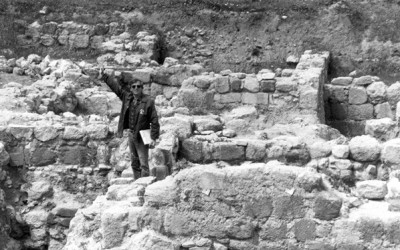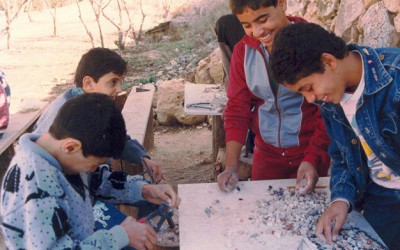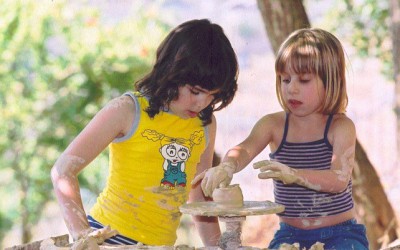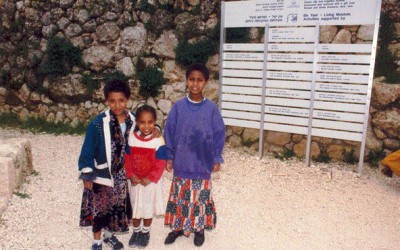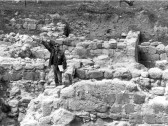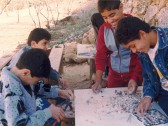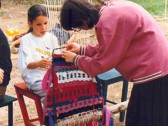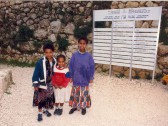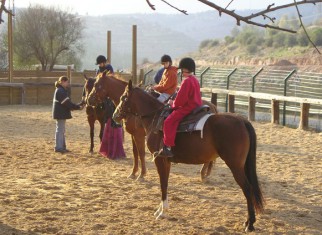About the project
The Ein Ya’el Living Museum is an experiential, outdoor museum of farming, crafts and everyday life in ancient times. The museum is located at Ein Ya’el (Mountain Goat Spring), a 40-acre site in the Repha’im Valley that was discovered by archeologist Gershon Edelstein in 1977. The site is one of the most complete planned farming communities of the hundreds of such sites located in the Jerusalem area and includes an ancient irrigation system and a Roman villa. The Jerusalem Foundation established the museum in 1986, initially supporting archeological excavations and reconstructions to enable the site to be opened to the public in 1989. Since then, it has supported numerous projects to further develop the site, including: the restoration of frescoes in the Roman villa (including one that represented the only complete fresco in Israel at the time of its discovery) in 1990; relocation to the museum of an ancient olive and wine press discovered during construction of a nearby highway; and a comprehensive renovation and expansion program in 2005 that included restoration of the Roman walk (the museum’s main artery that dates back to Roman times), renovation of the main plaza, and construction of a typical ancient Israelite dwelling, a new pottery workshop, and the Song of Songs Garden. The Foundation supports many educational activities at the museum, including school, after school and summer camp programs for special needs children, at-risk youth (Yaelim where youth at risk use nature to return to normative environments), new immigrant children and others. It also has supported a project that has brought together hundreds of Jewish and Arab children periodically throughout each year to discover their common heritage through learning the ancient arts of pottery, weaving, mosaics and more.

